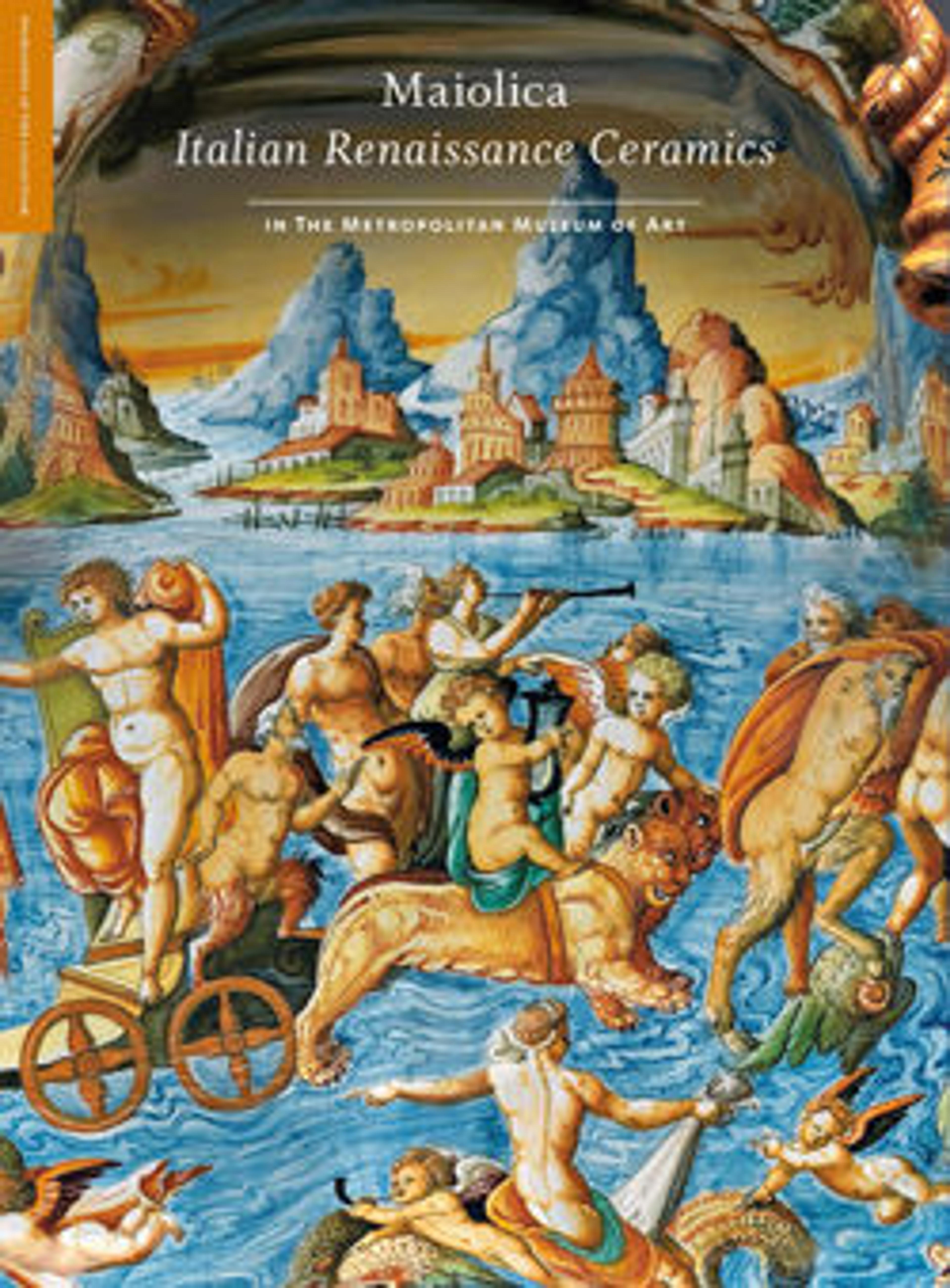Two-handled vase
In the late fourteenth century, Spanish potters developed a technique called lustering that gave their earthenware a shimmering iridescence. Italian potters went to Spain as spies to learn the secret recipe, and a century later, artists in Umbria became the first in Italy to master the technique. The initials on this pot (R and F ) may refer to a couple—such vases were probably purchased by newlyweds putting together their household.
Artwork Details
- Title: Two-handled vase
- Date: ca. 1495–1510
- Culture: Italian, probably Gubbio
- Medium: Maiolica (tin-glazed earthenware), lustered
- Dimensions: Overall (confirmed): 7 7/16 × 8 1/8 × 5 1/8 in. (18.9 × 20.6 × 13 cm)
- Classification: Ceramics-Pottery
- Credit Line: Fletcher Fund, 1946
- Object Number: 46.85.46
- Curatorial Department: European Sculpture and Decorative Arts
More Artwork
Research Resources
The Met provides unparalleled resources for research and welcomes an international community of students and scholars. The Met's Open Access API is where creators and researchers can connect to the The Met collection. Open Access data and public domain images are available for unrestricted commercial and noncommercial use without permission or fee.
To request images under copyright and other restrictions, please use this Image Request form.
Feedback
We continue to research and examine historical and cultural context for objects in The Met collection. If you have comments or questions about this object record, please contact us using the form below. The Museum looks forward to receiving your comments.
